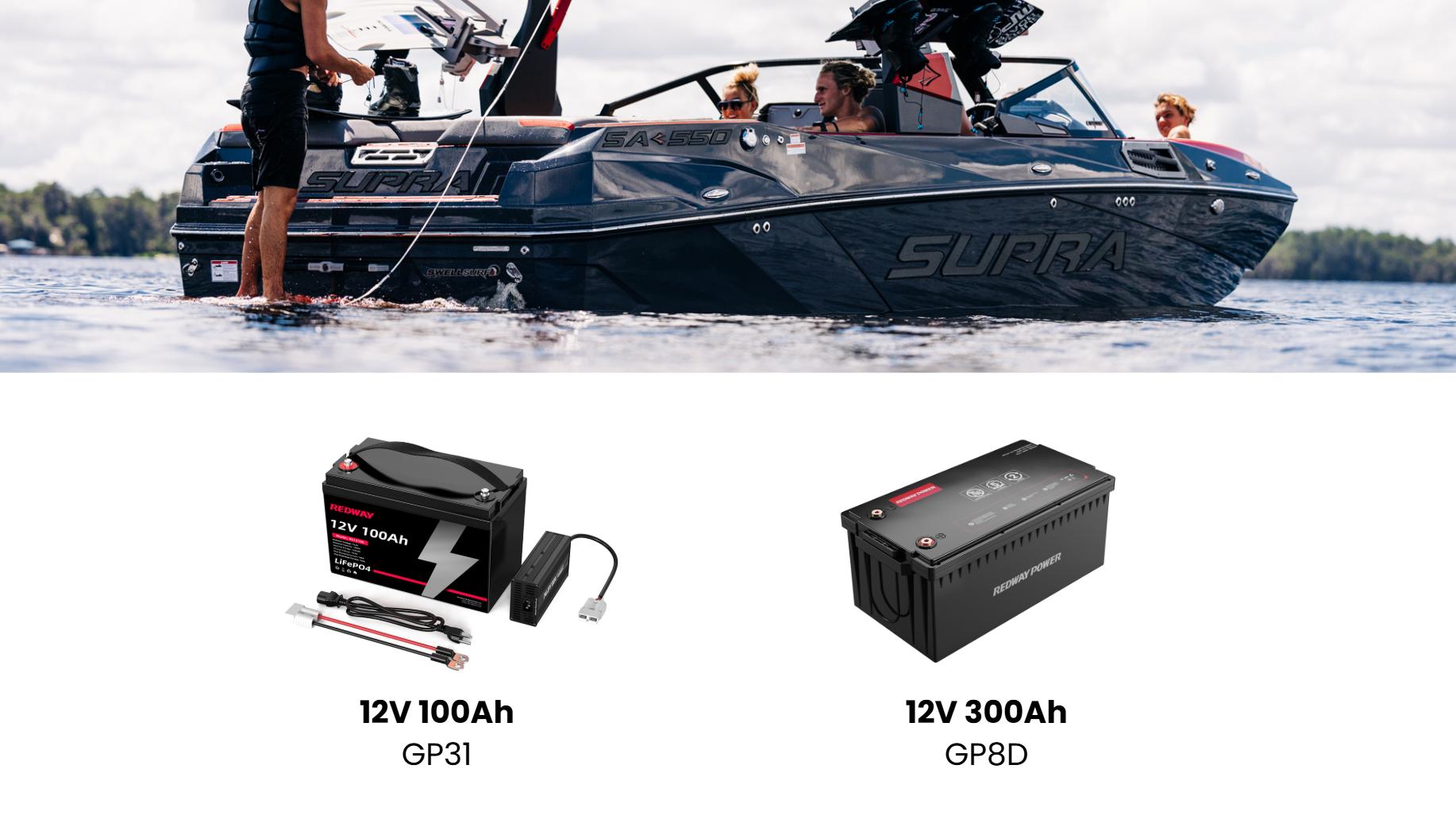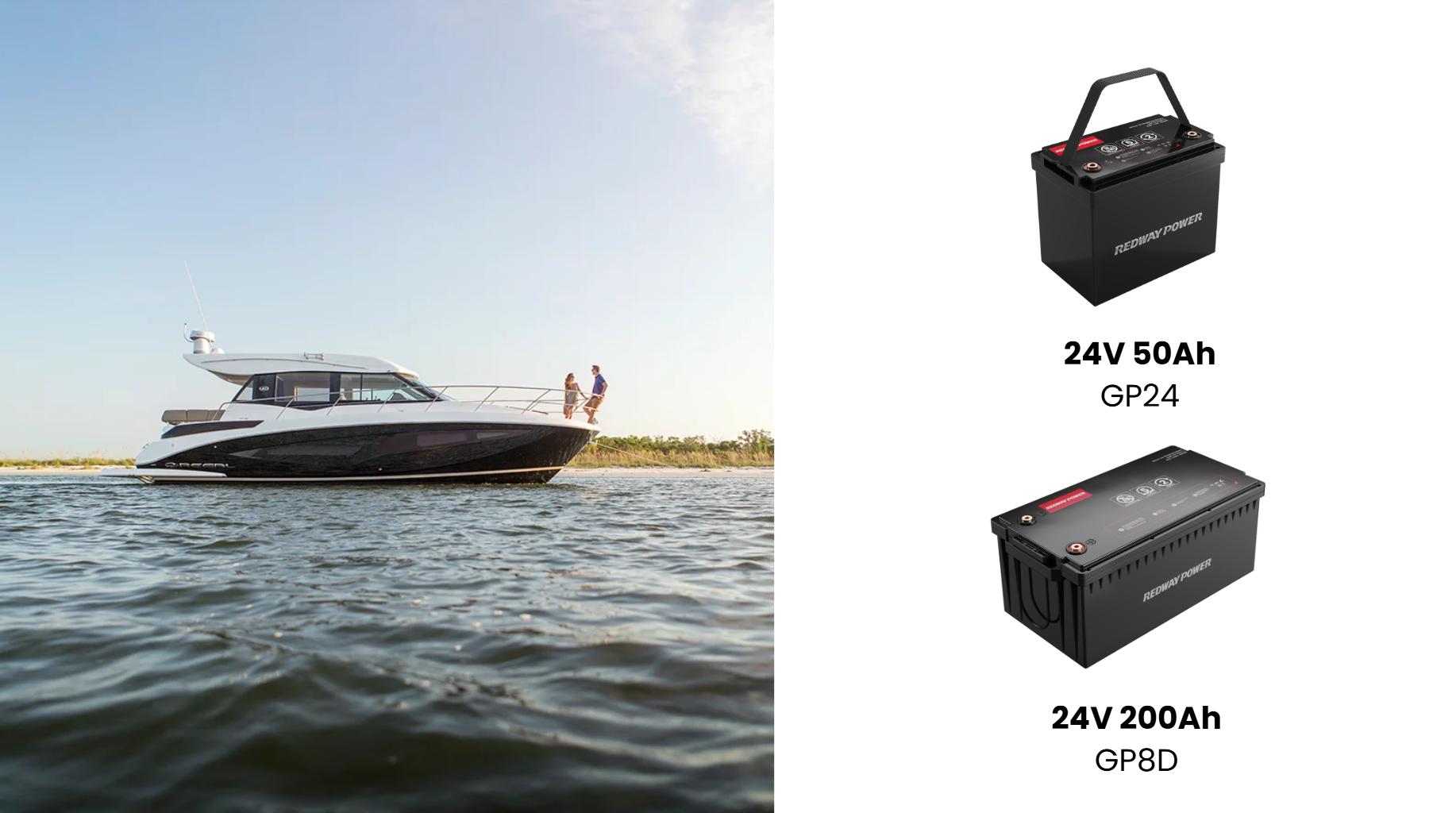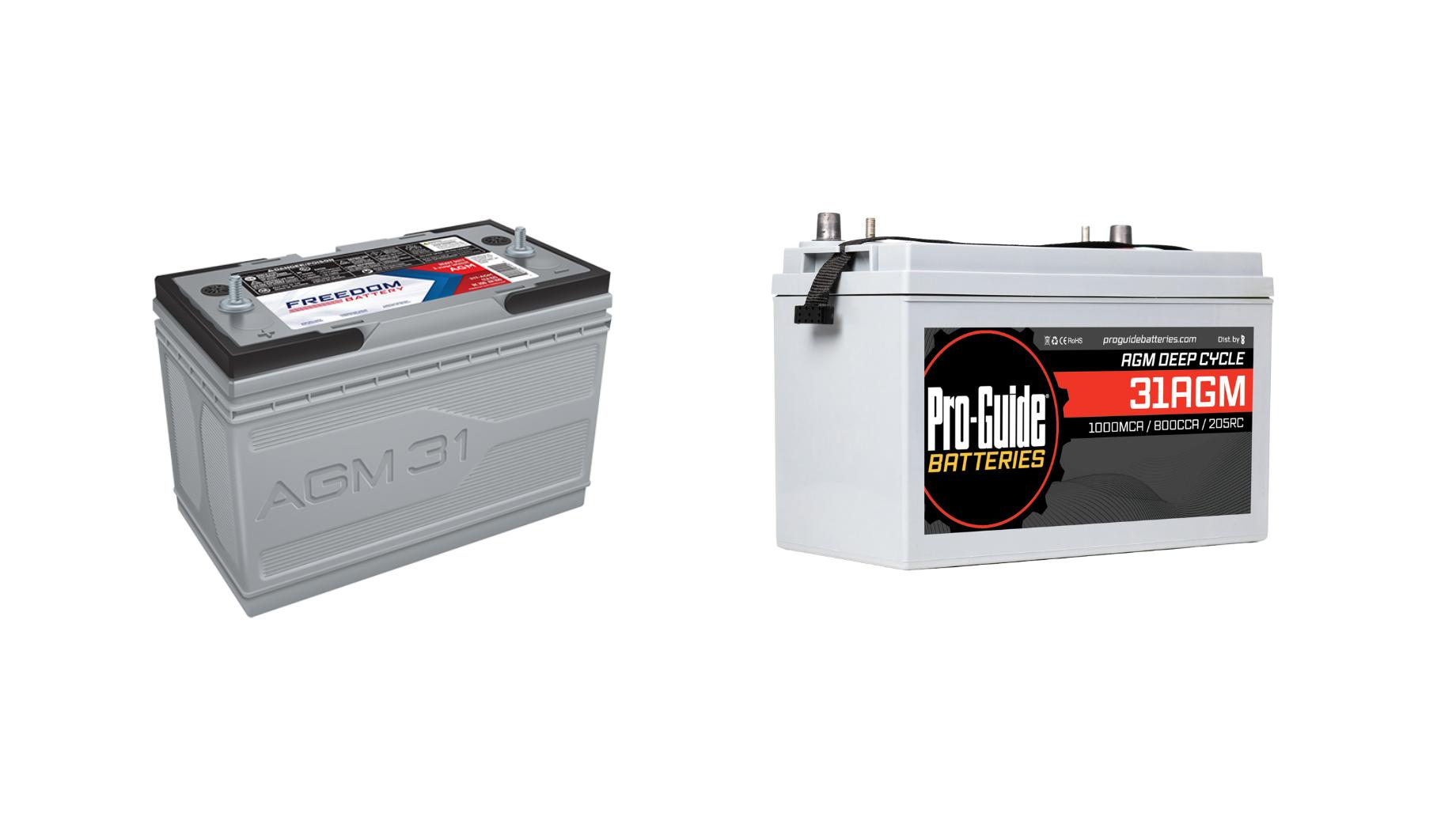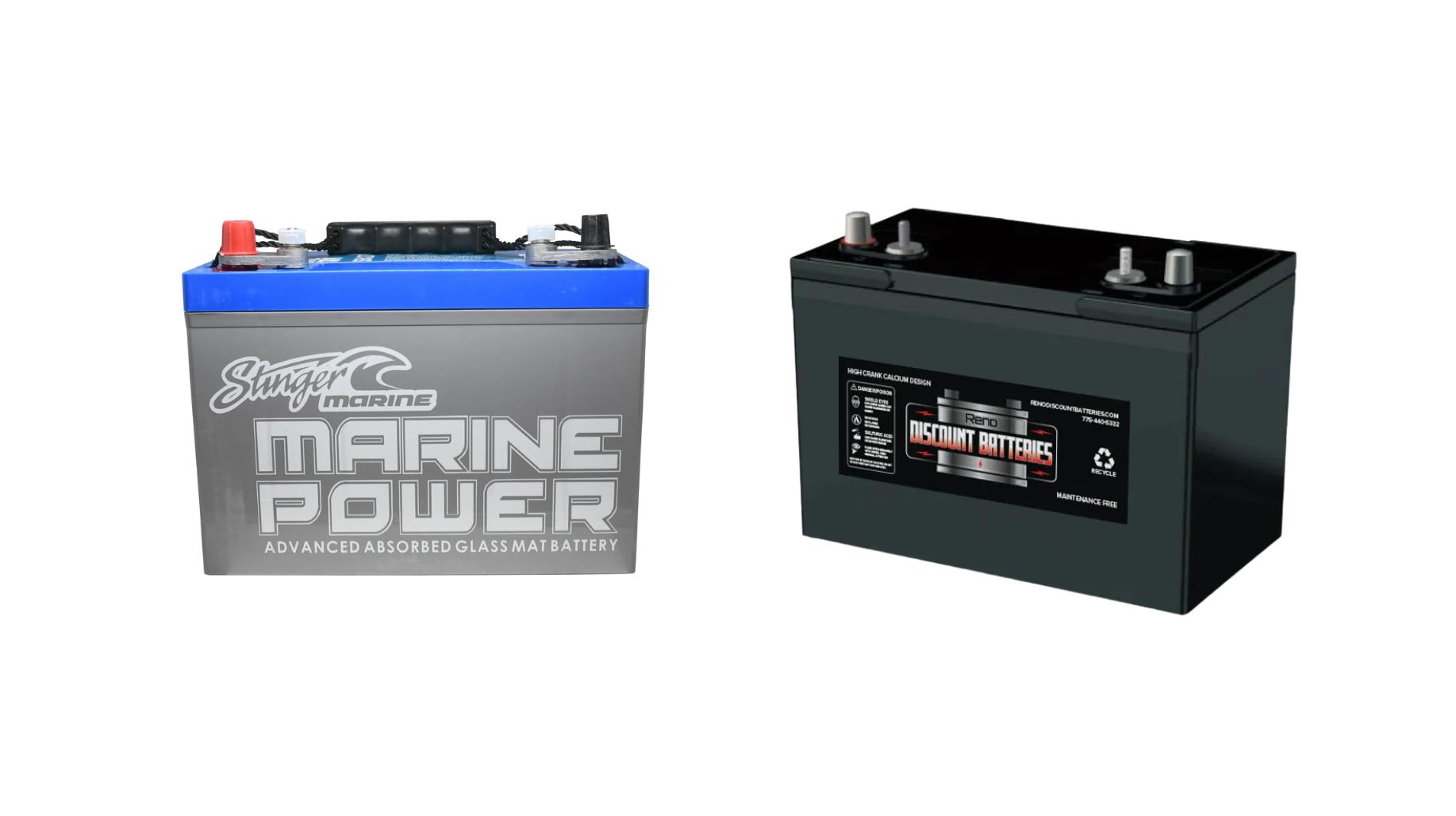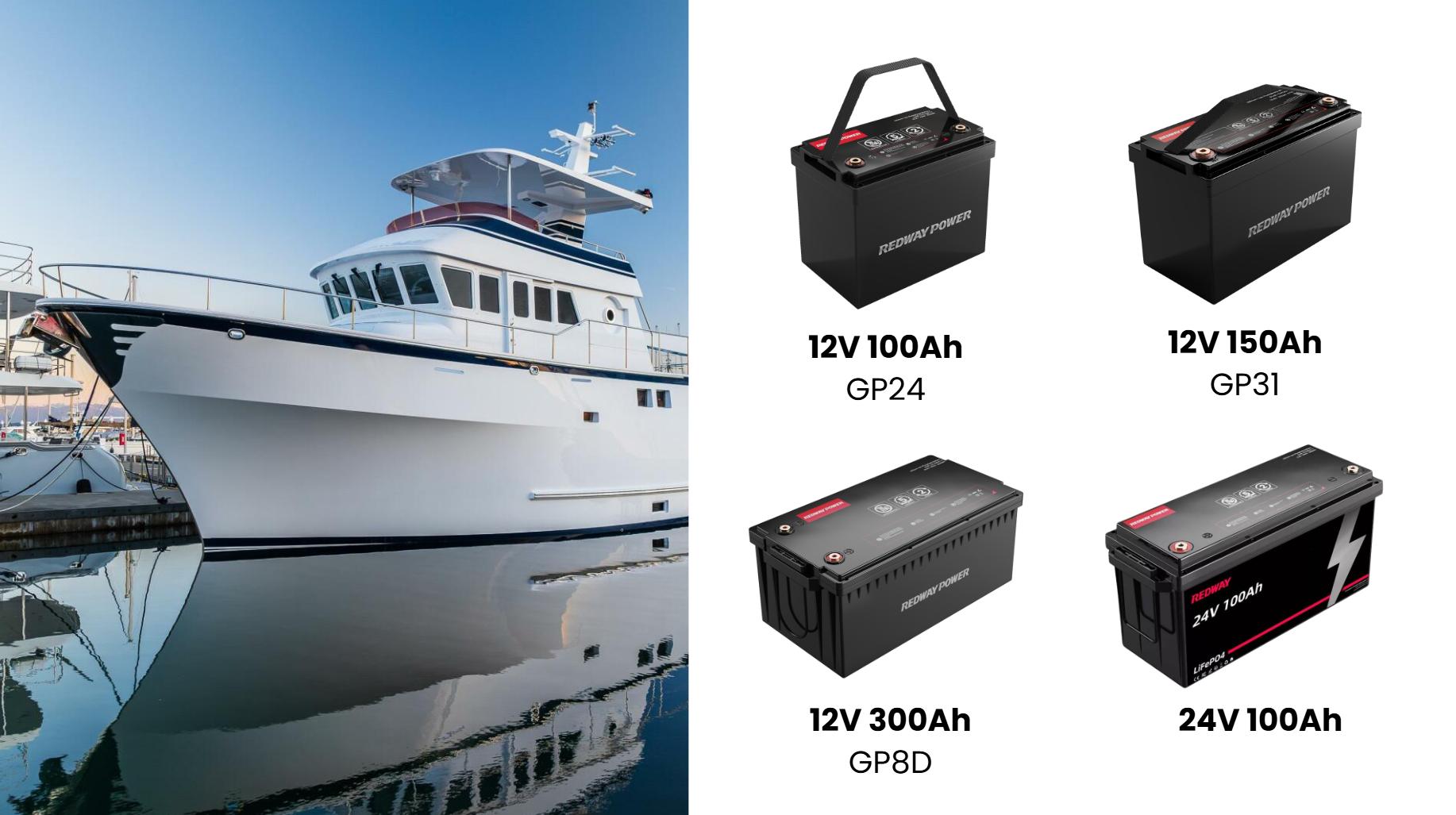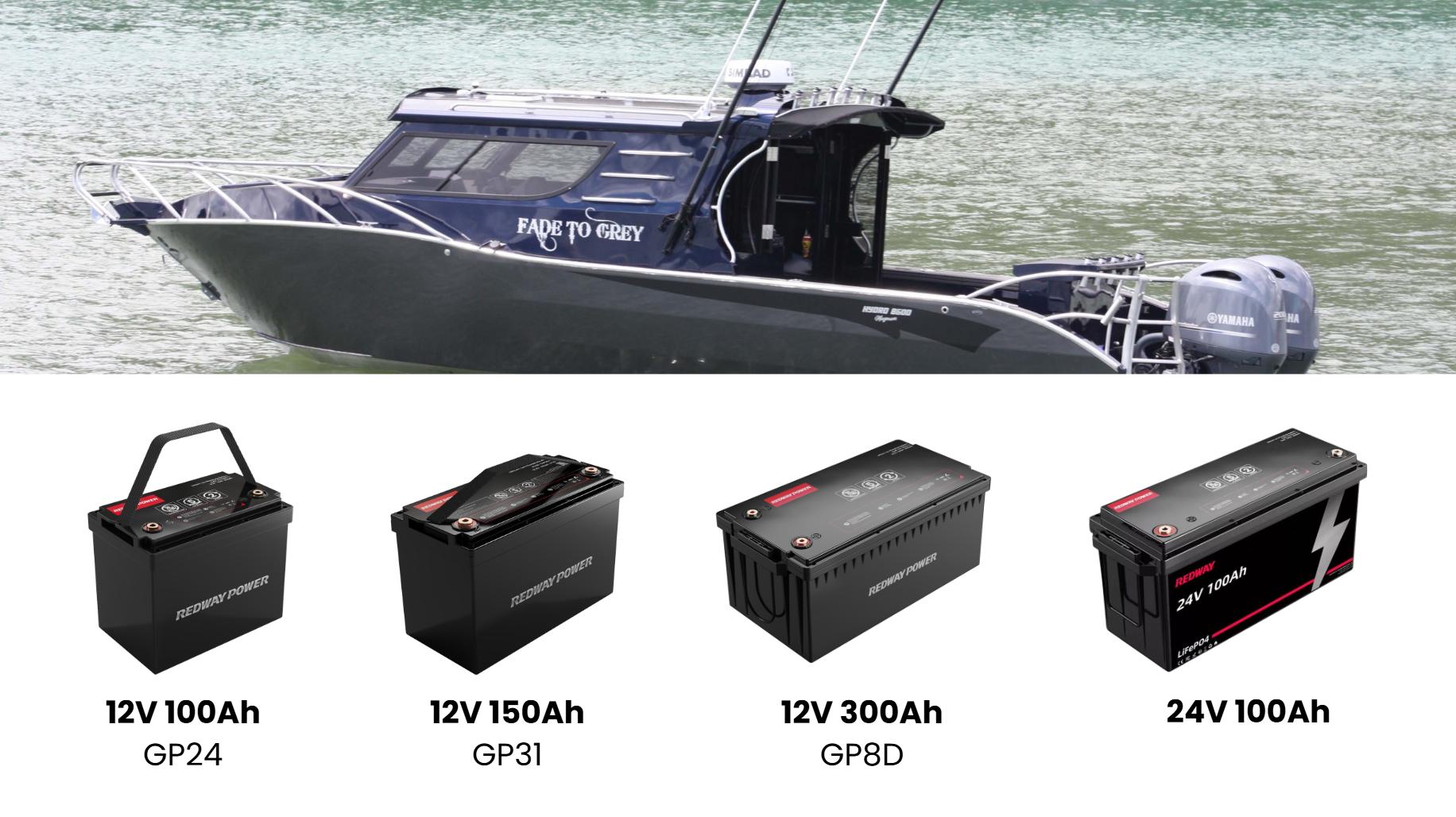Why Choose Li-Ion Marine Batteries for Your Boat?
Li-Ion marine batteries are rechargeable power sources using lithium-ion technology, designed for marine environments. They store energy through lithium ions moving between electrodes, offering higher energy density, faster charging, and longer lifespan than lead-acid batteries. Ideal for boats, they power trolling motors, navigation systems, and onboard electronics efficiently, even in harsh conditions.
How Do Li-Ion Marine Batteries Compare to Traditional Options?
Li-ion marine batteries are lighter, longer-lasting, and charge faster than traditional lead-acid batteries. They offer higher energy efficiency and deeper discharge capabilities without significant capacity loss. Unlike lead-acid options, Li-ion batteries require less maintenance and have a longer lifespan, making them a superior choice for marine applications.
What Are the Key Advantages of Li-Ion Batteries in Marine Use?
Li-ion marine batteries provide longer cycle life, faster charging, reduced weight, and higher energy efficiency. They also deliver consistent power output and require minimal maintenance. Unlike lead-acid batteries, they have a lower self-discharge rate and can handle deep discharges without significant capacity loss, making them ideal for marine use.
Key benefits include:
– Lightweight design reducing vessel load
– High energy density (200+ Wh/kg)
– Maintenance-free operation
– Fast charging (1-2 hours for 80% capacity)
– Wide temperature tolerance (-20°C to 60°C)
– Vibration resistance
– Zero memory effect
– Built-in Battery Management Systems (BMS) for safety
Which Safety Features Protect Li-Ion Marine Batteries?
Li-ion marine batteries include built-in Battery Management Systems (BMS) to prevent overcharging, overheating, and short circuits. They also feature thermal protection, automatic cell balancing, and impact-resistant casings to ensure safety in harsh marine conditions. Advanced designs reduce fire risks and improve overall reliability.
Modern Li-Ion marine batteries integrate:
– Multi-layer BMS monitoring voltage/temperature
– Short-circuit protection
– Overcharge/discharge prevention
– Thermal runaway safeguards
– IP67 waterproof rating
– Flame-retardant casing
– Automatic cell balancing
These ensure safe operation in saltwater environments and prevent common lithium battery failures.
How to Properly Maintain Li-Ion Marine Batteries?
To maintain Li-ion marine batteries, avoid overcharging or deep discharging. Store them in a cool, dry place and keep terminals clean. Regularly check the Battery Management System (BMS) for performance updates. Use a compatible charger and avoid exposing the battery to extreme temperatures or saltwater to maximize longevity.
Maintenance requires:
– Storing at 50% charge if unused >1 month
– Avoiding full discharges
– Cleaning terminals quarterly
– Checking connections annually
– Using compatible chargers (CC/CV profile)
– Keeping dry (wipe salt residue)
– Storing in ventilated areas
– Updating firmware (for smart batteries)
What Are the Environmental Impacts of Marine Li-Ion Batteries?
Li-ion marine batteries are more environmentally friendly than lead-acid alternatives. They contain fewer toxic materials, last longer, and reduce waste. Their high energy efficiency lowers fuel consumption in hybrid marine systems. However, proper recycling and disposal are essential to minimize environmental impact.
Li-Ion batteries reduce ecological impact through:
– 30% lower carbon footprint than lead-acid
– 98% recyclability rate
– No lead/acid leakage risks
– Longer lifespan reducing waste
– Energy efficiency cutting fuel use
Proper recycling through certified centers is crucial, with 95% of materials (lithium, cobalt, nickel) being recoverable.
How Does Temperature Affect Li-Ion Marine Battery Performance?
Li-ion marine batteries perform best between 32°F and 113°F (0°C to 45°C). Extreme cold can reduce capacity and charging efficiency, while excessive heat can accelerate degradation. Built-in thermal management systems help regulate temperature, ensuring consistent performance and prolonging battery life in marine environments.
Performance varies by temperature:
– Optimal range: 15°C to 35°C
– Below 0°C: 20-30% capacity reduction
– Above 40°C: Accelerated degradation
– Built-in heaters/coolers in premium models maintain efficiency
– Insulated battery boxes recommended for extreme climates
What Is the Cost-Benefit Analysis of Switching to Li-Ion?
Li-ion marine batteries have a higher upfront cost but offer long-term savings through longer lifespan, reduced maintenance, and improved efficiency. They provide faster charging, deeper discharge capabilities, and consistent power output. Over time, their durability and lower operational costs make them a cost-effective investment compared to lead-acid batteries.
Initial investment ($800-$2,500) vs. lead-acid ($200-$800) is offset by:
– 8-10 year lifespan vs. 3-4 years
– $0 maintenance vs. $50+/year
– 30% fuel savings from weight reduction
– No replacement costs for 3x cycles
Total 5-year savings average 40-60% compared to traditional systems.
Expert Views
“Li-Ion marine batteries represent a paradigm shift,” says Redway’s Chief Marine Engineer, James Coulter. “Our 2024 testing showed a 72% adoption rate among commercial fishermen – not just for performance, but ROI. Smart BMS technology now predicts cell failures 3 months in advance, revolutionizing maintenance. The next breakthrough? Solid-state marine batteries promising 500Wh/kg by 2026.”
Conclusion
Li-Ion marine batteries offer transformative advantages in efficiency, longevity, and environmental impact. While requiring higher upfront investment, their long-term benefits in performance and cost savings make them the superior choice for modern marine applications. As technology advances, these batteries will become increasingly vital for sustainable marine operations.
FAQs
Q: Can Li-Ion marine batteries handle saltwater corrosion?
A: Yes, premium models feature marine-grade stainless steel connectors and epoxy coatings resisting saltwater exposure.
Q: How long do Li-Ion marine batteries last daily?
A: A 100Ah battery typically provides 8-10 hours runtime for a 50lb thrust trolling motor at medium speed.
Q: Are special chargers required?
A: Yes – use only Li-Ion compatible chargers with automatic voltage regulation (14.4-14.6V for 12V systems).

